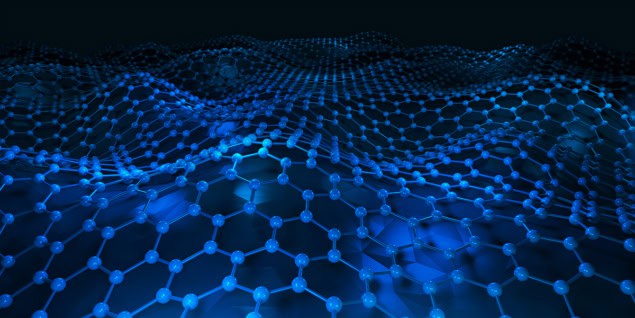Researchers from the University of Hong Kong studying the structure of electrons in 2D materials have predicted new types of phase transitions that have yet to be seen in experiments

Ever since graphene was first studied in the 2000s, scientists have been interested 2D materials because of their new and interesting electrical and optical properties as well as their potential applications in superconductivity, magnetism and next generation electronics.
In recent years, a new family of these materials has emerged, with a strange new feature: correlated flat bands. Electrons in these bands have the same energy regardless of their movement or position within the material.
In this new work, the researchers used cutting edge theory and computer simulation techniques to understand these types of materials with and predict their properties. In particular, they focused on the interplay between smectic order and topological order.
The term smectic is used when talking about liquid crystals (that’s the same liquid crystal that you find in an LCD TV) . The word just means a state in which the particles are oriented in parallel and arranged in well-defined planes. It’s heavily influenced by the individual particles’ shape structure and charge.
Topological order on other hand is a global type of particle arrangement and is caused by the collective entanglement of all the particles in a system as a whole. It’s very much a quantum phenomenon, and is therefore sometimes unintuitive, strange, and complex.
Usually, these two different types of order are seen to compete with each other, but this study looks at what happens if they exist together.
Based on the results, the team expects several new phase transitions to occur in these systems.
Ultimately, experiments will be required to confirm their predictions. What’s for certain though, is that given how comprehensive this work is, the experimentalists now have a lot of work to do.
Read the full article
H Lu et al 2024 Rep. Prog. Phys. 87 108003
